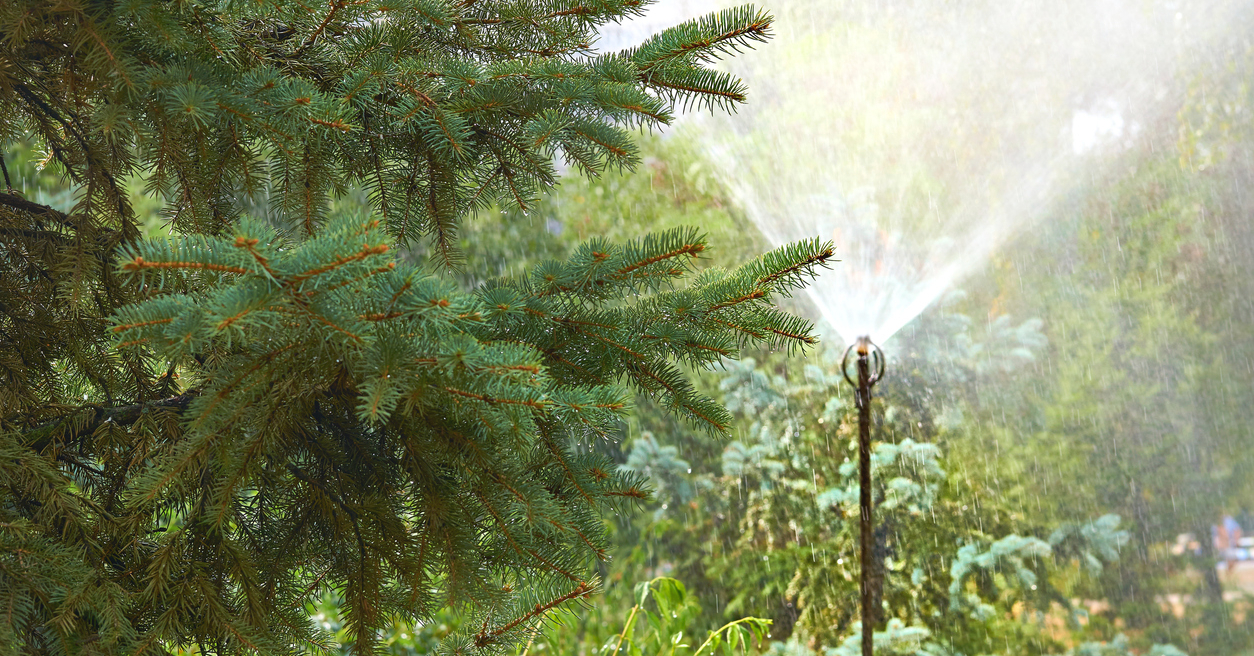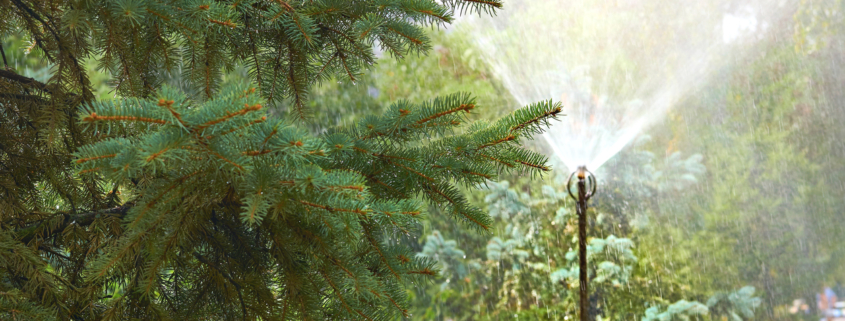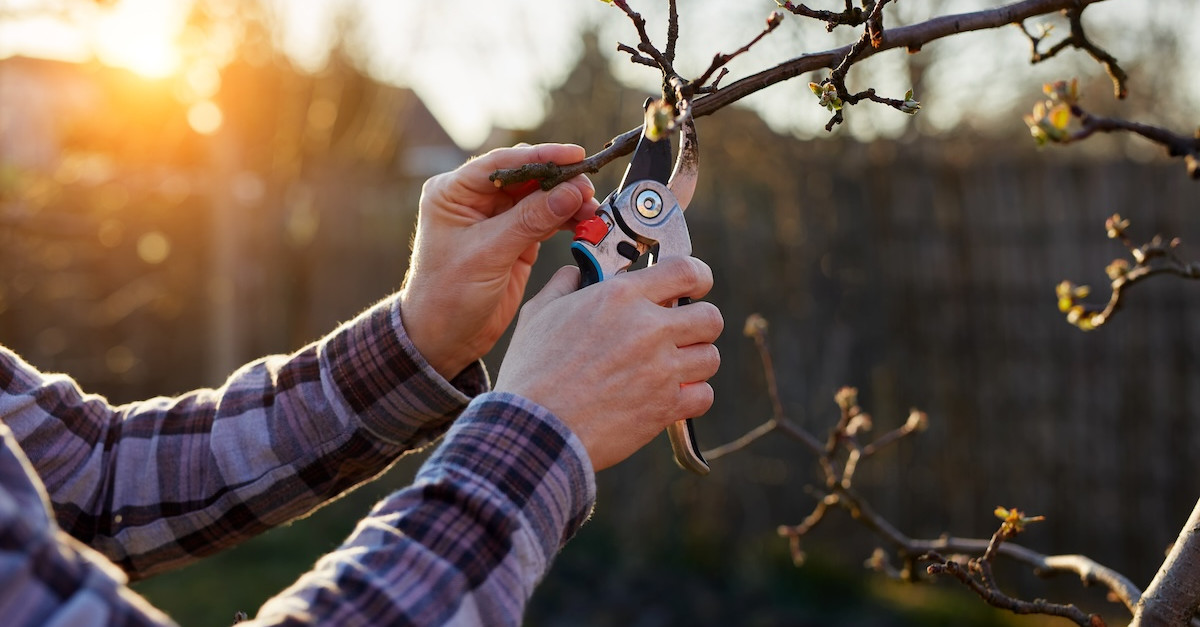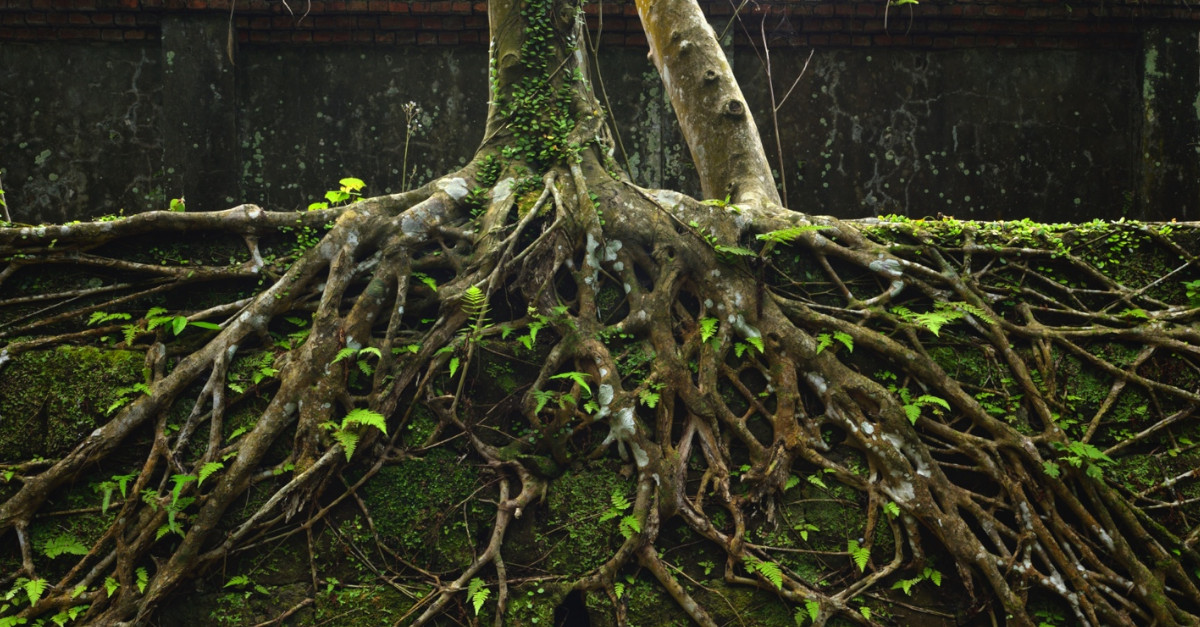What to Do for Your Trees During a Drought
What to Do for Your Trees During a Drought
Unlike lightning strikes or hurricane-force winds, droughts don’t have immediately catastrophic effects on trees. But dry spells can still present a serious threat, and if enough time goes by without rainfall, even healthy trees may suffer.
In June 2024, more than half of Georgia experienced unusually dry conditions. With unpredictable weather patterns all over the country, there’s no way to tell whether we’ll be hit with another drought this year—but just in case, here’s what you should know about safeguarding your trees.
What Happens to Trees in a Drought?
Under normal circumstances, a tree’s root system absorbs moisture from rainfall and retains water in the surrounding soil. When soil dries out due to lack of precipitation, trees will eventually begin to show signs of stress. Early indicators include changes in leaf composition or color, such as curling edges or browning. If drought conditions persist, your trees may begin to exhibit other signs of poor health, such as early leaf drop or stunted growth.
Can a Tree Recover from a Drought?
Trees need water to take in airborne carbon, which they convert into food. While they can survive off reserved carbon stores for some time, these internal supplies won’t last indefinitely. We wish every tree could be hardy enough to outlast dry spells, but the truth is age, species, overall health, and other environmental conditions all factor into their post-drought fate. And unfortunately, any time a tree is stressed, they can also become more vulnerable to other issues, like disease and infestations.
With that in mind, some varieties are naturally inclined to survive in spite of their thirst. Here are some Georgia native species that tend to fare best in dry conditions:
- American sycamore
- Chestnut oak
- Bald cypress
- Carolina silverbell
- Ogeechee tupelo
How to Keep Trees Alive During a Drought
There’s no way to tell for sure that your trees will survive a drought—especially without knowing when the rains will finally come—but you can still help stave off dehydration in the meantime. Here are some steps to take:
Lay Some Mulch
If you haven’t already, apply mulch to your tree’s base at a thickness of about three inches, leaving a small gap against the trunk. This insulation will help lock in whatever moisture is left within the surrounding soil.
Provide Water
Large, mature trees can get drought relief from a deep soak every two to three weeks during dry spells, whereas younger trees may need more frequent watering sessions. Aim to deliver water six to eight inches deep. There are soil sensors that can help you track moisture levels, but a long stick or screwdriver works in a pinch.
Avoid Added Stress
Even if some branches are starting to look barren or there are other noticeable signs of damage, now isn’t the time for pruning. New cuts will only create added stress, so skip the shaping unless there’s an immediate risk to your property, and in that case, you can count on us for professional tree trimming or removal services.
Schedule an Assessment With Premier Tree Solutions
If you’re unsure about drought-related damage or you have any other tree concerns, Premier Tree Solutions is your trusted source for expert recommendations and comprehensive tree care. Turn to our experienced arborist for both routine and emergency services. For an assessment, call 404.252.6448 or reach out to us with a message online.










